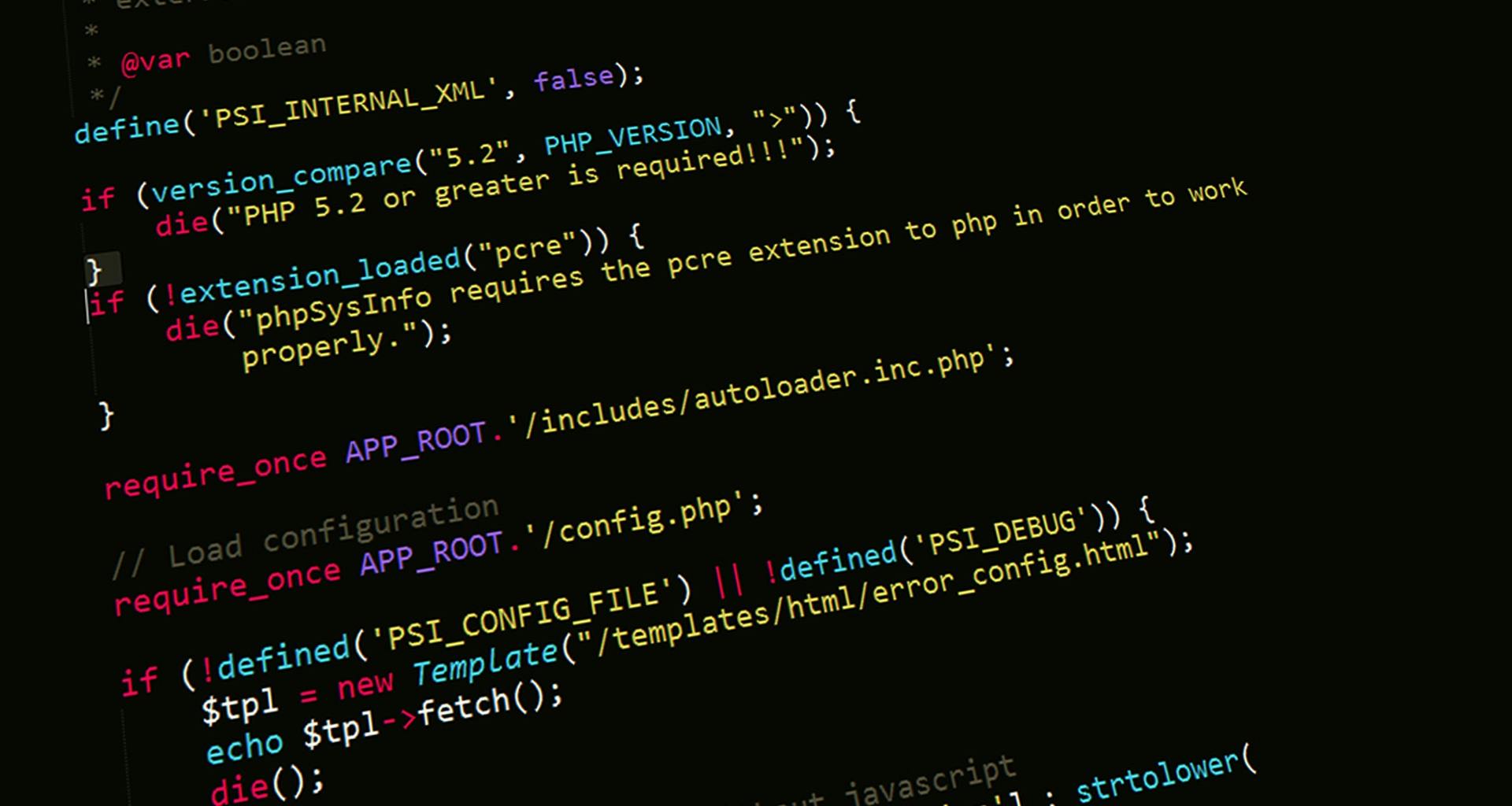Transitioning from Angular to React: Tips for a Smooth Start
Embarking on a journey from Angular to React can be both exciting and challenging. With a solid background in building Angular applications, you’re likely familiar with structured component design and modular architecture. Now, as you dive into React, you may find yourself facing new paradigms and best practices that differ from your previous experience.
While I recommend jumping into hands-on projects to learn effectively, it’s helpful to approach this transition with some strategic planning. Here are key considerations to help you get started confidently:
1. Organizing Your React Codebase
Unlike Angular’s opinionated structure, React provides flexibility, which can be both empowering and daunting. Consider adopting a clear directory structure early on—for example:
components/for reusable UI componentspages/orviews/for different application screensservices/orapi/for data fetching logicutilities/for helper functions
This modular approach mirrors Angular’s component-based organization and makes scaling your app easier.
2. Essential Libraries for Common Tasks
While React itself is a UI library, you’ll need additional tools for functionalities such as HTTP requests, state management, and routing. Popular choices include:
- Axios for making HTTP calls
- React Router for client-side navigation
- Redux or Context API for managing global state
- Formik or React Hook Form for handling forms
Selecting the right libraries depends on your project’s complexity and personal preferences, but these are widely adopted in the React community.
3. Fundamental Concepts to Master
Before building your project, ensure you have a solid grasp of core React principles:
- JSX syntax and rendering components
- State and props management
- Component lifecycle and hooks like
useState,useEffect - Event handling in React
- Component composition and separation of concerns
Having a firm understanding of these concepts will enable you to write idiomatic React code and troubleshoot effectively.
Final Advice
Since your goal is to learn by doing, start with a simple project based on your idea. Use these guidelines to structure your efforts, and don’t hesitate to consult community resources and documentation as needed. Transitioning from Angular to React is a journey—embrace the differences, and you’ll expand your development toolkit significantly.
Happy coding!

